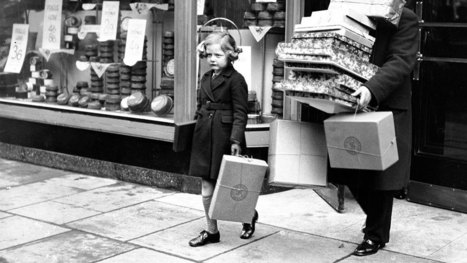U.S. retail and food services sales were down 0.3 percent in August, the Census Bureau reported on Thursday, which was an unexpected drop. It’s also a metric that might make retailers nervous ahead of the critical holiday sales season (and no matter how retailers try to stretch it forward, we’re still not there yet), though one month’s data can, in the long run, be noise. Compared with the same month last year, retail sales are still up, turning in a gain of 1.9 percent.
Only a few kinds of retailers gained any ground at all in August. Clothing store sales were up by 0.7 percent for the month, and electronics retailers eked out a gain of 0.1 percent. Grocery store sales were up 0.4 percent in August, and food services and drinking places enjoyed a 0.9 percent gain for the month.
Remarkably, non-store (Internet) retail sales, which rarely see any kind of downtick in sales, were off 0.3 percent for the month. The two categories that did the worst in August—each down 1.4 percent for the month—were building material and garden equipment and supplies, along with sporting goods, hobby, book and music stores....



 Your new post is loading...
Your new post is loading...









Retailers saw an unexpected drop in sales in August, but most are still seeing year-over-year gains, the Census Bureau reported. E-commerce dropped 0.3% too.